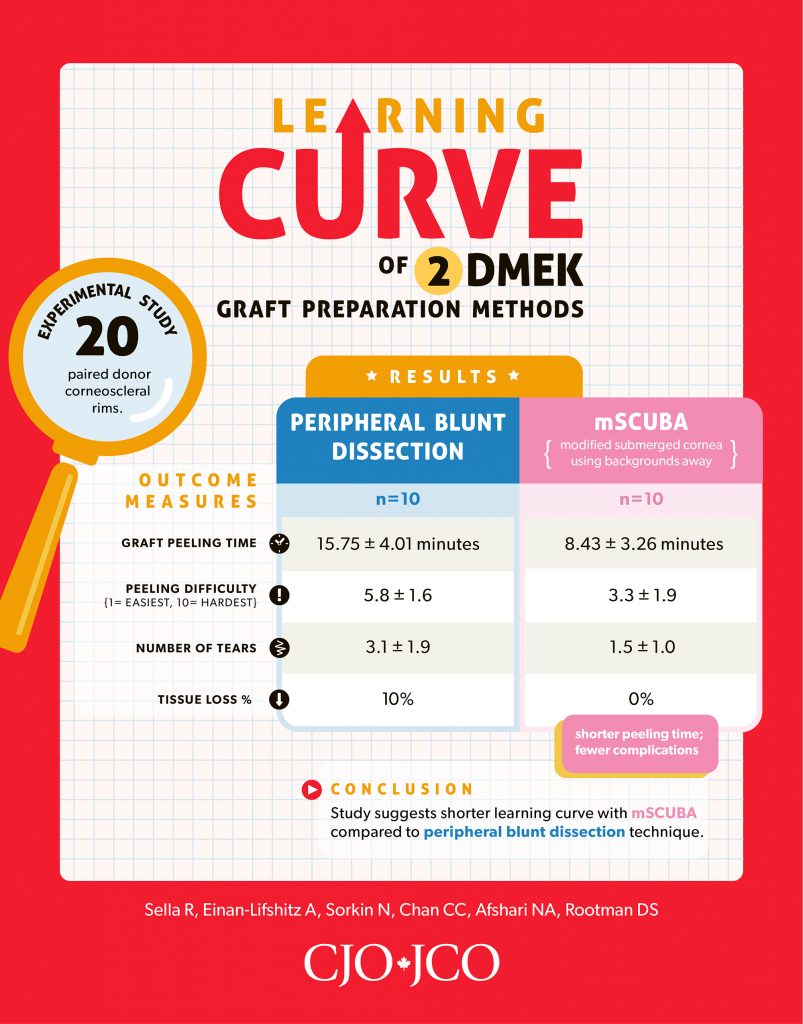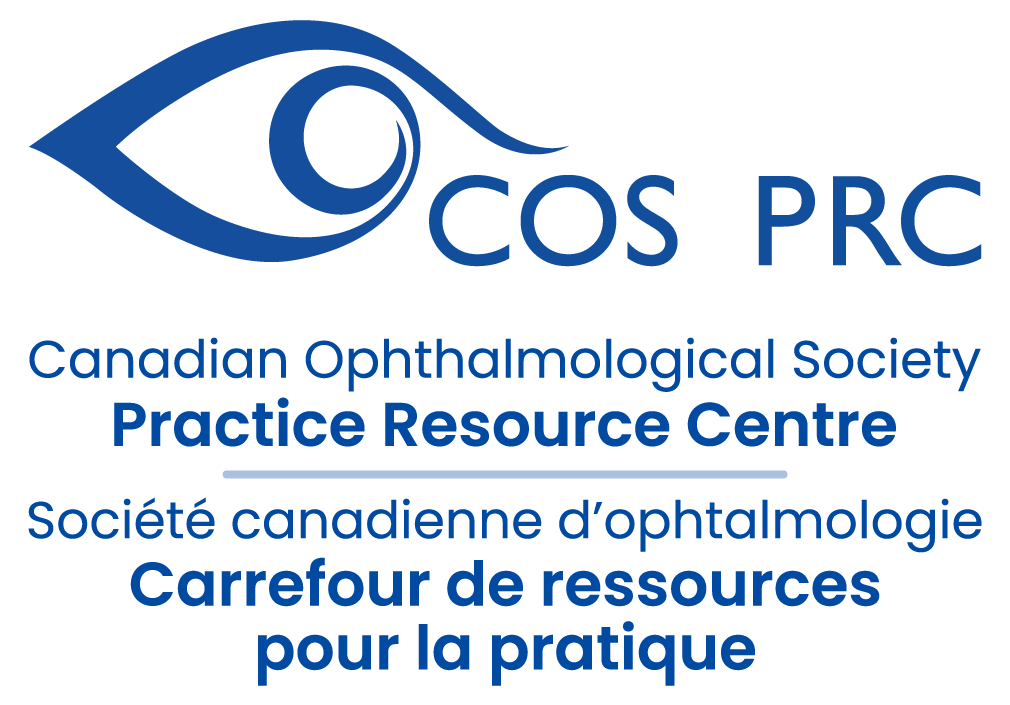Toric Results Analyzer
The Toric Results Analyzer was developed by John Berdahl, MD and David Hardten, MD and can determine if rotating the Toric IOL would decrease residual astigmatism. The Toric Results Analyzer can help determine the amount of IOL rotation, and the expected residual refraction.
Access Details
Access the Toric Results Analyzer through the website www.astigmatismfix.com
Barrett Rx Formula
The Barrett Rx Formula uses both the Barrett Universal II formula and the Barrett Toric Calculator to perform its analysis. It provides anterior segment surgeons with information that identifies how much to rotate the toric IOL in a patient with residual ametropia and it also determines whether exchanging and/or rotating the IOL to adjust spherical and toric powers will improve the postoperative refractive result. Additionally, surgeons can use the Barrett Rx Formula to calculate the appropriate strength of a piggyback IOL.
Access the Barrett Rx Formula through the website: http://calc.apacrs.org/barrett_rx105/
Musculoskeletal Disorders in Ophthalmologists
Did you know?
Work-related musculoskeletal disorders in ophthalmologists are high, ranging from 51-80% across studies.
This module was developed to showcase best ergonomic practices and injury prevention. View the module, online through the Queen’s University website.
Learning Objectives
- Review the importance of ergonomics for ophthalmologists
- Identify areas in the clinic and operating room that may predispose to musculoskeletal disorders
- Learn proper ergonomic risk factor modification
- Recognize signs and symptoms of musculoskeletal disorders, understanding the importance of early intervention
CPD Credits
Completion of this 30 minute online learning module has been determined by Queen’s University to be eligible for 0.50 hours of Royal College of Physicians and Surgeons of Canada Section 2: Self Learning for Specialists credits.
For more information visit the Queen’s University website.

Excerpt from the Editor-in-Chief’s Year in Review
My first year as Editor-in-Chief for the Canadian Journal of Ophthalmology (CJO) has been an exciting and inspiring journey. With a keen focus on further improving key metrics for the journal and implementing new initiatives to raise the profile of the research published in our journal, I have been humbled by the support I have received from all stakeholders involved with the CJO. I am proud of the work done by our strong editorial team and reviewers, who have contributed hundreds of hours of their time towards a robust and timely review process. I owe a special gratitude to Ms. Suzanne Purkis, our Managing Editor, for her support and guidance. In addition, I am grateful to the Canadian Ophthalmological Society (COS) Board for their support of new initiatives that I believe will be instrumental in the CJO’s growth and impact here in Canada and around the world.
A major area of focus for me over the past year has been to continue to enhance the review process for our journal. Our entire CJO editorial board is committed to a timely and efficient review process. Our average review times have decreased significantly over the past five years; this past year was no exception, marking a trend that has continued even within the context of the increasing volume of submissions the CJO receives each year (in 2018, we received over 1000 submissions and had a rejection rate of 77%). I am proud to share that our average time from submission to first decision is now less than 4 weeks.
I am committed to continue working towards increasing the impact of our journal, which includes a focus on publishing high-quality articles with robust study designs and impactful conclusions. In line with this goal, I am proud to announce that we have added two new sections to the CJO in the past year:
Read the full Year in Review on the CJO website.

Varun Chaudhary, MD
Editor-in-Chief, CJO
August 2019 Issue Highlights
The August 2019 issue of the Canadian Journal of Ophthalmology (CJO) is now available online.
What’s in the August issue?
Resident Perspectives: This month, our stellar team of residents have summarized 5 articles from the issue, with a focus on topics that are relevant to learners here in Canada and around the globe. Included in the digest is this month’s visual abstract, which provides a graphical summary of our August article, Learning curve of two common Descemet membrane endothelial keratoplasty graft preparation techniques.

Resident Perspectives and our visual abstracts are all freely available, so we encourage you to share them widely with your networks.
In addition to these great features, there are lots of interesting articles in this issue, including:
- Novel application of anterior segment optical coherence tomography for periocular imaging
- Distribution gaps in cataract surgery care and impact on seniors across Ontario [open access]
- Posterior vitreous detachment and incidence of delayed retinal breaks: a retrospective, 2-year study at an academic centre
- Optical coherence tomography angiography features of optic nerve head drusen and nonarteritic anterior ischemic optic neuropathy
- Practice patterns of Canadian Ophthalmological Society members in cataract surgery: 2018 survey
Don’t forget to follow the CJO on Twitter (@CanJOphth) and Instagram (@cjo_jco).
“Little” things make BIG differences: Recognizing and Managing Disruptive Behaviour in the Clinical Environment
“Little” things make BIG differences is an online module, and has been accredited as a Section 3: Self-Assessment Program.
The program designed to help practicing physicians, residents, administrators, and other team members build knowledge, skills, and attitudes required to better recognize and manage issues of disruptive behavior in their team based settings.
Premise of the Program
The program follows the case of Mrs. Wendy Lee, a patient who needs surgery at the Pondview Health Network.
Mrs. Lee’s surgery did not go as planned and Dr. Gin Staples, an administrator at the hospital, needs to review the case in order to make recommendations. Your objective is to review Mrs. Lee’s case from the perspective of the team members and patient in order to help Dr. Staples develop recommendations that foster “just culture” at the Pondview Health Network.
As you read through the case you are presented with questions. Record your answers for each question as you go through. There is an answer key at the end of this page to help you gauge your understanding of the content. Answering these questions helps you to compile findings that inform final recommendations for Dr. Staples and can also be used as part of a Personal Learning Project to earn Section 2 MOC credits.
Learning Objectives
Upon the completion of this simulation-based learning activity, you will be able to:
- Recognize the environmental stimuli that can precipitate disruptive behaviour
- Identify strategies for mitigating disruptive behaviour in the clinical environment
- Describe the impact disruptive behaviour has on the clinical environment
- Apply prescribed techniques that promote a “just culture” in the clinical environment
- Reflect on experiences with disruptive behaviour in the clinical environment
CPD Credits
“Little” things make BIG differences is an Accredited Self-Assessment Program (Section 3) as defined by the Maintenance of Certification Program of the Royal College of Physicians and Surgeons of Canada, and approved by Royal College Continuing Professional Development Unit. You may claim a maximum of 2 hours (credits are automatically calculated).
Access Details
To access the module please visit the Royal College of Physicians and Surgeons of Canada website.
CanMEDS Program: Better Practice, Better Outcomes
The CanMEDS Framework was developed by the Royal College of Physicians and Surgeons of Canada to provide key strategies for healthcare professionals to increase efficiencies in their practice, improve communication with patients and colleagues, and demonstrate stronger leadership.
The program explicitly expresses how CanMEDS roles are used in everyday clinical and non-clinical practice. The CanMEDS roles have been developed based on what patients believe are the most important competencies and abilities that physicians should possess.
Target Audience
This self-assessment program was developed with local faculty and subject matter experts to ensure a high degree of scientific integrity, rigor and balance for practitioners.
Learning Objectives
After successful completion of the program, participants will be able to:
- Use the CanMEDS Framework to improve your practice and your patient outcomes
- Identify areas for your continuing professional development using the CanMEDS Framework in all seven roles: Communicator, Collaborator, Leader, Health Advocate, Scholar, Professional and Medical Expert
CPD Credits
This program was co-developed by the Royal College of Physicians and Surgeons of Canada and mdBriefCase Group.
This activity is an Accredited Self-Assessment Program (Section 3) as defined by the Maintenance of Certification Program of the Royal College of Physicians and Surgeons of Canada, and approved by the Royal College CPD Unit. You may claim a maximum of 1 hour (credits are automatically calculated).
Access Details
The online learning activity is free for RCPSC Fellows. To access the CanMEDS online self-assessment program, please visit the mdBriefCase website for more information.
Valuation of uninsured ophthalmological services
Report
2016
Read the full report on the valuation of uninsured ophthalmological services
Canadian ophthalmologists asked the Canadian Ophthalmological Society (COS) to provide guidance with regard to physician fees for services that are presently uninsured by provincial and territorial health insurance in many jurisdictions.
COS commissioned Health Intelligence Inc., an independent and well-respected health research firm, to conduct a study using recognized methodologies to determine fair market value for these uninsured services.
Toric IOL Calculators
The following list of resources are toric IOL calculators. These informative resources are intended for use by physicians and other health care professionals involved in patient care. They are intended to be used to supplement and guide the knowledge of physicians and other health care professionals. It is imperative to note that these tools are not intended for and should not be construed as medical advice, nor are they intended to replace any medical or clinical data contained in product labeling and product directions.



